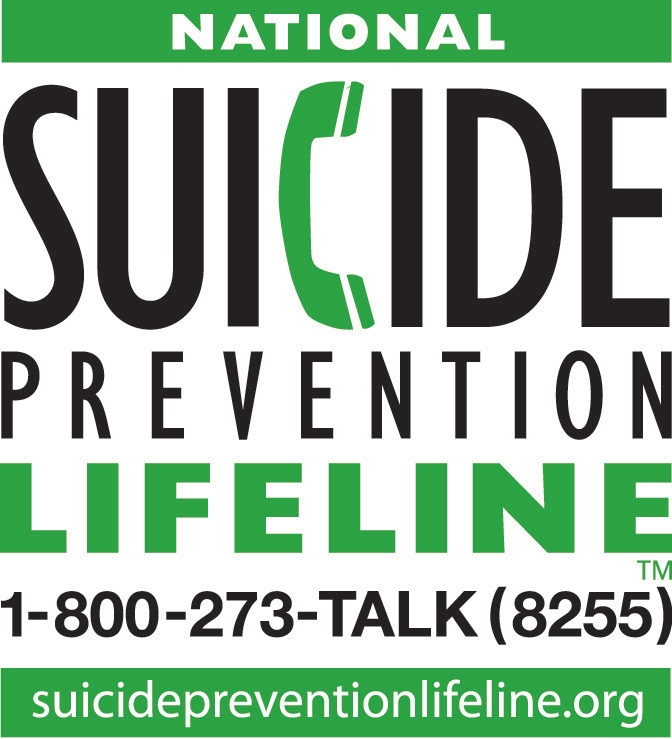In the earliest days of the COVID-19 pandemic, Gov. JB Pritzker recalls being handed a report from researchers at the University of Illinois. The analysis was written by scientists and mathematicians who were trying to estimate how many deaths and hospitalizations would occur under different scenarios – one if the state took no action; another if it imposed only moderate mitigation measures; and yet another if it imposed significant measures such as a stay-at-home order.
“And without any mitigations, their projection was, just in the Chicago area alone, we would see 40,000 deaths in approximately four months,” Pritzker recalled in an interview this week. He said he still keeps a copy of that report in his office.
On March 9, 2020, Pritzker issued his first statewide disaster declaration related to COVID-19, a declaration he would go on to renew every 30 days for more than three years. In the following days, he would issue executive orders closing schools to in-person attendance, then closing bars and restaurants and, eventually, a general stay-at-home order that would shutter all “nonessential” businesses for months to come.
Now, more than three years after he issued that first disaster declaration, the last of his pandemic-era executive orders are set to expire. Pritzker announced in January that Illinois’ disaster declaration would end on May 11, the same day chosen by the Biden Administration to end the federal COVID disaster declaration that also dates back to early 2020.
From a practical standpoint, most people won’t notice the end of the disaster declaration on Thursday because the state pandemic-related orders that most directly affected their daily lives – school closures, mask mandates, limits on public gatherings – have long since expired. But for some, it will mean the end of certain federally funded benefits.
“There are no restrictions,” Pritzker said. “Why was there a disaster declaration? Because in order for us to receive the federal benefits that were being offered to SNAP (Supplemental Nutrition Assistance Program) recipients, who are the poorest people in our state, people who needed Medicaid, who are the poorest people in our state, you needed to match up your disaster declaration and executive orders with the federal government's executive orders and disaster declaration. So we did that.”
Pritzker said some people will receive less aid through SNAP and some Medicaid recipients could lose their eligibility, but he said those changes will not have a significant impact on the state budget. The end of the disaster declaration will also mean that as of Thursday, testing and many of the treatments for COVID-19 will no longer be free, although Pritzker said they will be covered by insurance.
Looking back over the last three years, though, Pritzker reflected on what it was like during the initial weeks and months of the pandemic when scientists and public health officials all over the world were still trying to understand this novel virus. Pritzker maintains that as a result of those measures, Illinois avoided the direst predictions of the mathematicians and scientists at the University of Illinois. According to the Illinois Department of Public Health, as of April 30, the entire state of Illinois has seen 36,850 confirmed COVID-19 deaths, and another 5,155 “probable” disease-related deaths.
“But if one were to look at how Illinois handled the pandemic – and this is kudos and gratitude to the people of Illinois – people did the right thing,” Pritzker said. “And the vast majority of people in Illinois understood what they needed to do. They heard what they needed to do from the experts, and they did it.. And the result of that is, to the extent one can use the word ‘success’ here, the result is that we had real success here at keeping people safe and alive.”











.png)


